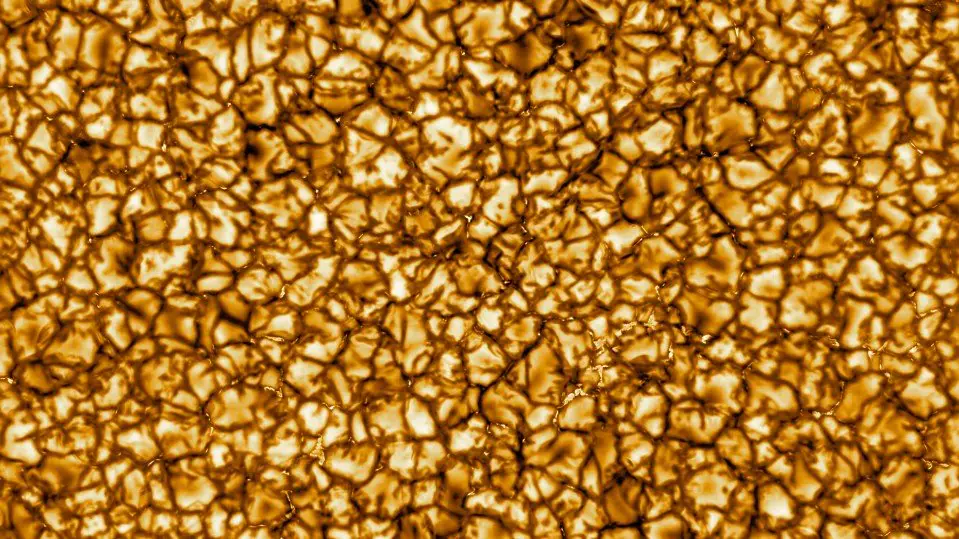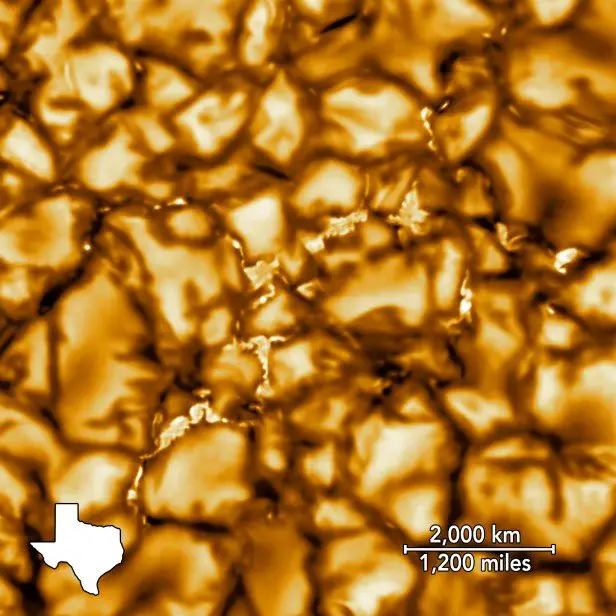Hawaiian Telescope Captured The Most High-Resolution Images of The Sun Ever
Tags: opinion

Scientists in Hawaii have finally managed to capture high-resolution images of our closest star using DKIST. With this very clear snapshot, one can see yellow cell-like roiling structures. Each such “cells” represent the area of a small state! These images will help us understand our star’s surface much better. They are expected to be useful for exploration in the near future.
Read: This Futuristic Solar-Powered Electric Vehicle Will Never Need To Be Charged
Daniel K. Inouye Solar Telescope (DKIST) in Hawaii firmly captures these images. And NSF- National Science Foundation– decided to release them to the common folks this Wednesday. The telescope has been operational for a minuscule period of time, and this is definitely a big win for them.
DKIST is considered to be one of the leaders in solar research. With the technology at their disposal, they are able to capture details of the surface which are as wide as 18 miles. This makes it thrice as sensitive compared to erstwhile technologies. Not just close-ups, the DKIST also deals with wide-angle shots of the sun, bringing in about 23,000 miles with each frame.

DKIST is going to be used by scientists to further their research on myriad projects- which would involve solving many of the burning questions regarding the sun (no pun intended), and why the sun’s corona is 300 times fiercer than its surface.
Apart from the above, DKIST will also assist scientists in understanding the highly volatile flares of the sun, which exude particles of high energy. These particles have the ability to destroy most major sources of communication, and telecommunication on this planet. Needless to say, that would increasingly assist forecasters in being able to forewarn viewers of dangerous weather in space.
Francis Cordova, the director of NSF was exuberant at the discovery. He mentioned how his team was excited since the moment they started working with DKIST. They could hardly wait for the initial images to come by. He further stated that NSF would release these pictures of the sun to the general public. And so they did.
While it is always advisable to not stare at our closest star, you don’t really need to anymore with these images a google search away- do you?
Images: NSO/AURA/NSF
Leave Comment: